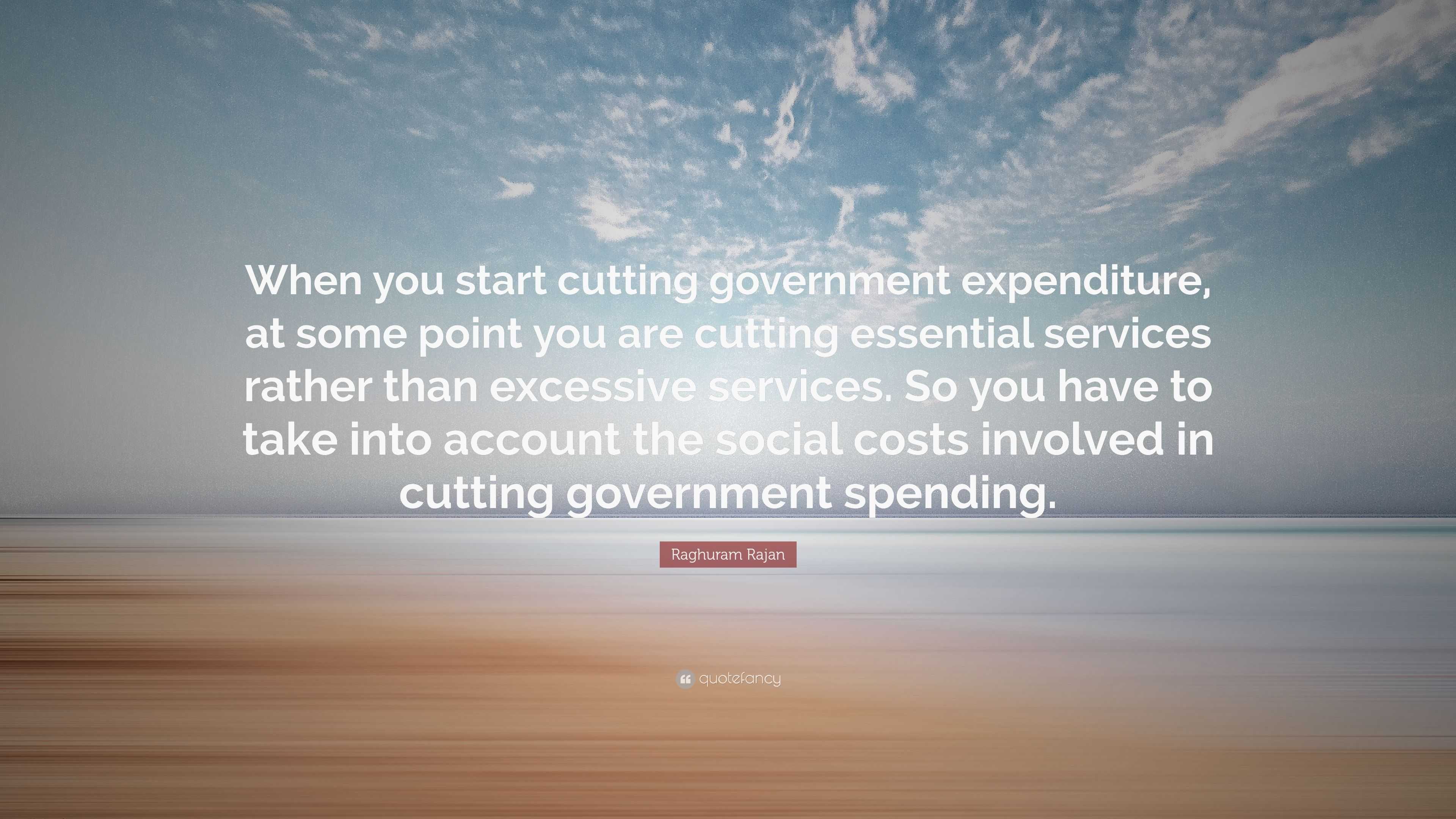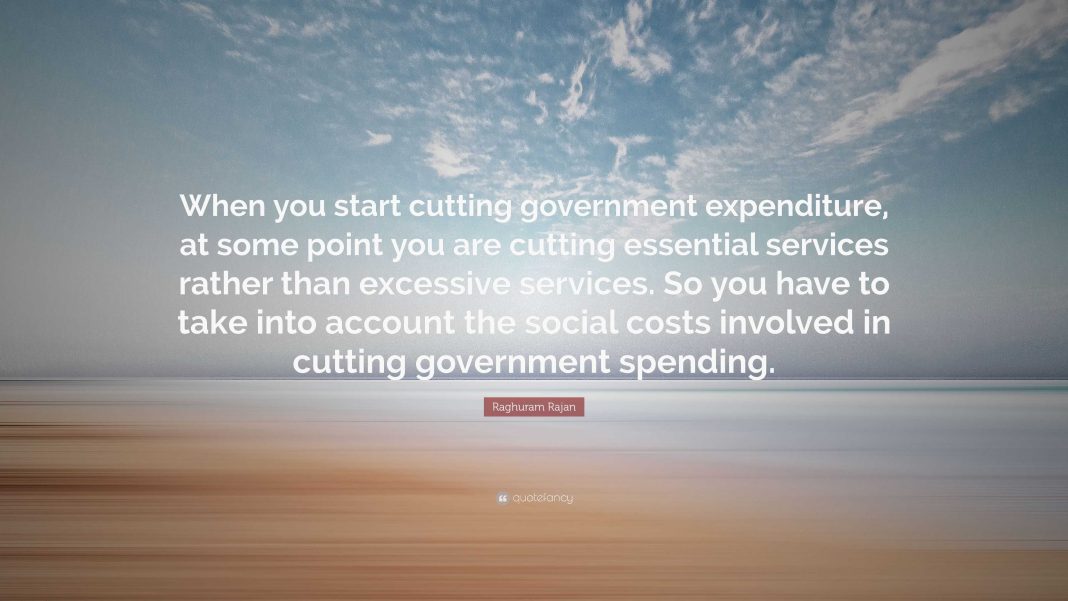 April Jobs Report Shows Weaker Than Expected Growth
April Jobs Report Shows Weaker Than Expected Growth
The Bureau of Labor Statistics (BLS) recently released the April jobs report, revealing that the U.S. economy added 175,000 new jobs. This number fell well below the consensus estimate of 238,000 jobs. Additionally, revisions to the February and March jobs creation numbers resulted in a net loss of 22,000 jobs. While the Household Survey showed an increase of 182,000 people working in April compared to March, indicating more people joining the workforce, the majority of new job creation came from lower-wage sectors such as leisure and hospitality, retail, and government-supported industries like education and health services.
The Slowdown in GDP Growth
The overall GDP growth rate moderated from 3.4 percent in Q4 of the previous year to 1.6 percent in Q1 of the current year. However, Federal Reserve Chair Jerome Powell argues that Private Domestic Final Purchases, which excludes inventory investment, government spending, and net exports, provides a better indicator of underlying demand and printed at a healthier 3.1 percent. Despite this, net exports showed negative growth in Q1 2024.
The U.S. Economy’s Position in the Global Market
Although the United States currently boasts the highest GDP growth among G7 economies, it is still considered relatively weak compared to other economies, especially emerging ones. The International Monetary Fund (IMF) provides a chart that highlights this comparison, demonstrating that the U.S. is merely the “tallest pygmy” in terms of GDP growth.
Government Spending and Debt-to-GDP Ratio
A significant concern is the extent to which government spending contributes to both GDP growth and job creation. The IMF’s chart on the ratio of debt to GDP by country reveals that the U.S. has excessive debt compared to other economies. This excessive debt is responsible for a significant portion of the purported U.S. growth. Another chart shows that government spending is the second-largest contributor to GDP, behind the private economy.
Federal Reserve Policy and Quantitative Tightening
The Federal Reserve recently announced that it would maintain stable interest rates but reduce the rate at which it buys back securities. This reduction disappointed many observers who believe that the Fed’s balance sheet is still too large, given the current state of the economy. The balance sheet, which reached $7.4 trillion by April 1, has not been reduced since President Biden took office. One reason for this reluctance to tighten monetary policy is the potential risk to the banking sector due to upcoming refinancing requirements for commercial real estate loans originated after the 2008-09 financial crisis.
Fiscal Policy and Increasing National Debt
The current administration’s fiscal policy is contributing to a growing national debt, with an additional $1 trillion added every 100 days. This influx of cash from fiscal and monetary policies has artificially inflated asset prices, including home prices and securities values. However, this could lead to a future reckoning in the form of continued inflation or a severe recession similar to that experienced after the 2008-09 financial crisis.
Looming “Gray Swans” and Potential Risks
There are four significant risks on the horizon, known as “gray swans,” that could impact the economy. These risks include de-dollarization, an oil shock due to depleted Strategic Petroleum Reserves, potential municipal bankruptcies caused by increased stress and costs from migrants, and troubled clearings of Treasury auctions. These risks are partly a result of bad national policy choices and could have far-reaching consequences for the economy.
Overall Economic Outlook
Despite some positive indicators like personal income growth and increased housing units authorized by building permits, other data points paint a less optimistic picture. The Institute for Supply Management’s Manufacturing Purchasing Managers Index (PMI) showed contraction in April, as did the ISM Services Index. The Job Openings and Labor Turnover Survey (JOLTS) for March also revealed a decline in job openings and total hires. Additionally, the RCP/TIPP Economic Optimism Index for March showed a decline in optimism among non-investors.
Conclusion
The April jobs report highlights weaker than expected job growth in the United States, with lower-wage sectors driving the majority of new job creation. The GDP growth rate has moderated, and the U.S. economy’s standing in the global market is relatively weak compared to other economies. Excessive government spending and debt-to-GDP ratios are concerning, as is the Federal Reserve’s reluctance to tighten monetary policy. The current fiscal policy is adding to the national debt at an alarming rate, potentially leading to future economic challenges. There are also several looming risks, known as “gray swans,” that could impact the economy. Overall, the economic outlook is mixed, with some positive indicators but also signs of contraction and declining optimism.


